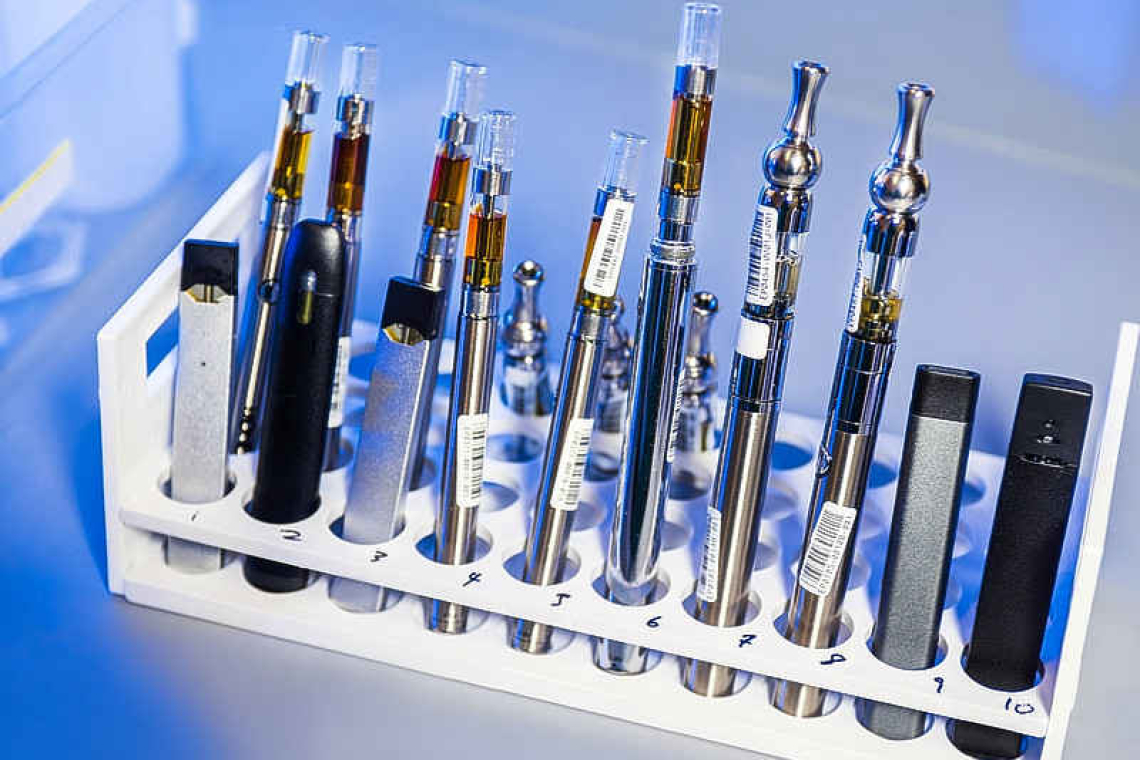By Dr. Colin Michie FRCPCH University of Central Lancashire
Increasing numbers of young people are using vapes. The World Health Organisation and national governments are recommending action to counter the advertising and sales of nicotine and tobacco substances in order to protect them.
Many of our habits challenge our health. Smoking and vaping deliver foreign substances directly to the lungs as aerosols, causing rapid uptake into the blood. This includes the plant insecticide nicotine. Within 10 seconds, this alkaloid can be absorbed and have obvious effects in the brain. Nicotine mimics a molecule that has large communication networks in the brain and elsewhere: binding to its receptors. By activating these networks, nicotine causes pleasure, increasing dopamine and endorphins, as well as stimulating adrenaline. These are rewarding, positive effects which in turn elevate alertness, the heart rate and blood pressure. Rituals of taking nicotine to reinforce neurological rewards have been built into our cultures, whether it be filling a pipe, preparing snuff, chewing baccy, using a hookah pipe or lighting up cigarettes and cigars.
Nicotine’s pharmacological effects disappear over days after inhaling. “Coming down” is slow because the mimic molecules of nicotine do not detach rapidly from those receptors. There will be sensations of withdrawal, poor sleep, anxiety, restlessness and difficulty concentrating. Nicotine’s ability to cause dopamine release is a further reason why it becomes addictive so easily. It alters brain circuitry so that users often develop cravings, compulsions to take more nicotine with a loss of control in the face of negative consequences – the signs of addiction.
Receptors to which nicotine binds have many functions. In young, growing brains, they direct rapid nerve growth and development of connections. They are common in locations involved in learning and memory. Nicotine has more powerful effects therefore on the younger adolescent. Several countries have banned the sale of vaping devices and refills to adolescents for this reason.
Tobacco smoking remains one of the largest preventable causes of disease, disability and premature death. Vaping systems were introduced as a less damaging method of delivering nicotine, with the hope and intention this would help smokers give up tobacco. These devices deliver nicotine more slowly than cigarettes, but lead to higher levels for longer. Overall, they are less harmful than tobacco – they have helped wean some smokers.
Vaping has driven novel rituals among large numbers of addicts, particularly adolescents and young adults who never previously smoked tobacco. New social scenes and subcultures are growing around miasmas of multi-flavoured, addictive clouds. There is less mystique, though, in long-term studies that suggest significant numbers of vapers go on to use tobacco, alcohol, marijuana or Ritalin. Starting in adolescence tends to link with substance abuses and their complications in adulthood.
Vaping products and their advertising are evolving. It can be difficult to know what is delivered by a vaping device. Although tobacco is regulated by an international treaty, there are no controls over vaping products, packaging or marketing. Commercialisation has been directed, particularly effectively, at the young. For example, modification of the nicotine in an e-cigarette from a base alkaloid to a salt is often discussed in health terms, but effectively improves vape palatability to young first-time users. Regrettably, there are no recognised methods to successfully wean young adults off vaping either.
And it is not all about the nicotine! Devices commonly contain colorants, flavourings, glycerine, propylene glycol and phytol; they may also employ triacetin, a humectant to keep the airways moist. There may be storage contaminants such as heavy metals. Users can customise their “juice”. Bootleg vape liquids are popular because of their pricing and image, but these may contain illicit additives.
More than 2000 hospital admissions in the US in 2019 were attributed directly to acute lung damage related to vaping contaminated products. Whether the vape contains nicotine or not, its aerosols can cause tissue damage. Vaped cannabis products similarly have been associated with cell stress and pathology. No studies of long-term vaping exist to inform us, but this is not a risk-free activity, unless you are taking that pilgrimage towards tobacco abstinence!
Vaping is a troubling habit from the planetary perspective. The majority of e-cigarettes are disposable, sophisticated plastic appliances with a lithium battery and packaging. Most are never recycled – they have been referred to as a particularly wasteful product and potential contaminant. Those that contained nicotine are classified as toxic waste and require dedicated recycling. Vape batteries have been known to cause fires and explosions in disposal systems. Preventing environmental problems on a small island with a substantial tourist trade will require active management.
There has been a centuries-long journey from the early spread of Taino tobacco to the return of nicotine in vape fluids to the region. Vaping must not be normalised for young, first-time users. For them, it has no shining health halo.
Resources:
https://www.who.int/news-room/questions-and-answers/item/tobacco-e-cigarettes
https://www.nhs.uk/better-health/quit-smoking/vaping-to-quit-smoking/vaping-myths-and-the-facts/
Dr. Colin Michie is currently the Associate Dean for Research and Knowledge Exchange at the School of Medicine in the University of Central Lancashire. He specializes in paediatrics, nutrition, and immunology. Michie has worked in the UK, southern Africa and Gaza as a paediatrician and educator and was the associate Academic Dean for the American University of the Caribbean Medical School in Sint Maarten a few years ago.







